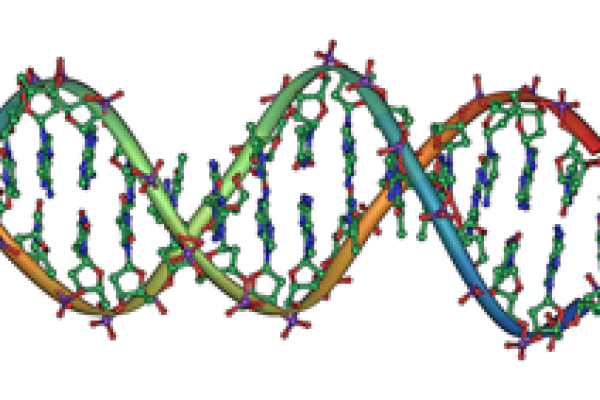Article

Life, choice, and other problems
We explore some problems physics as we know it has trouble dealing with and a new theory that may provide answers.


"It's a match!" cries the CSI. At first glance it might seem that if the police have matched a suspect's DNA to evidence from the crime scene, then the case is closed. But some statistical thinking is required to understand exactly what a match is, and importantly, how juries should assess this as part of the evidence in a trial.
Next year is a great one for biology. Not only will we celebrate 150 years since the publication of On the origin of species, but also 200 years since the birth of its author, Charles Darwin. At the heart of Darwin's theory of evolution lies a beautifully simple mathematical object: the evolutionary tree. In this article we look at how maths is used to reconstruct and understand it.